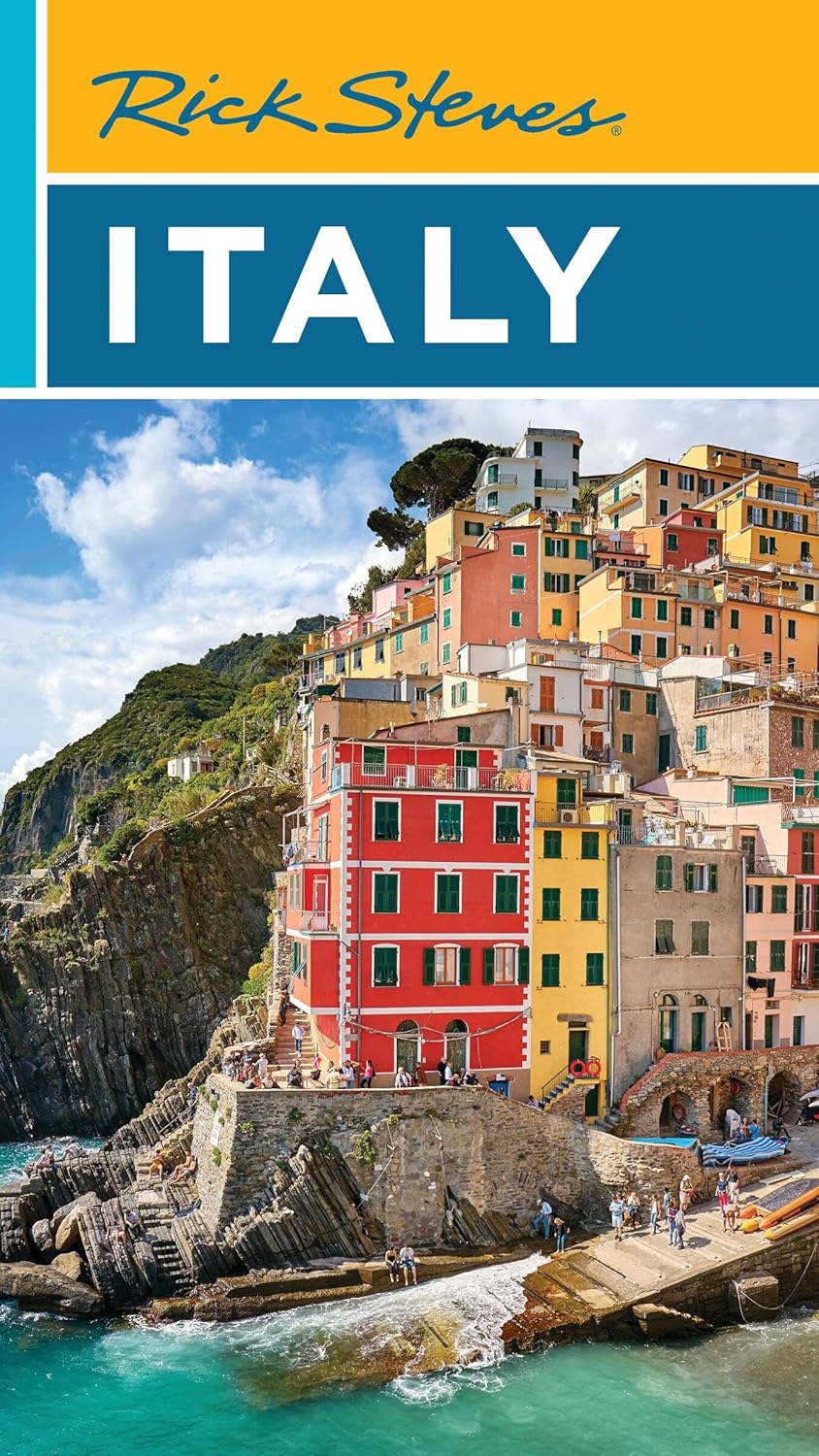Italian masquerade masks: what they are and where to find them.
Italian masquerade masks - their origins
Italian masquerade masks.
White and simple or feathered and sparkly: wearing a masquerade mask is one of the most well-known holiday traditions in Italy.
Learn about their origins and availability here.
Think of Italy and you think of romance - and Italian masquerade masks have played a great part in keeping romance in Italy alive for centuries.
Masks became popular during Italy's mediaeval period when gambling, partying and sexual encounters were not just frowned on but outlawed by the Church and State combined.
But Italian people have always been good at finding ways round laws, and this one was no exception. Not allowed to attend gambling houses and brothels? How to get round it?
Easy! Wear a mask - if you can't be identified, you can't be judged!

What were those first Italian masquerade masks like?

The masks of the 11th Century were simple designs.
Always made from papier-mâché they were at first only half-masks, usually painted white and finishing under the nose so that the wearer could eat, drink and speak without needing to remove it.
Today these would be known as 'Harlequin' and 'Colombine' masks - usually white or black and white, and tied at the back of the head with ribbon.
Italian masquerade masks : the traditions of the middle years
By the 15th Century masks in Italy were well established and the mask-maker was a recognised profession - known as 'mascherai' with their own Workers' Guild. The demand was increasingly for more elaborate masks which were later combined with ostentatious costumes.
So the 'bauta' which covered the whole face, and the 'moretta' made of black velvet, were born and can still be seen today : Venetian people tend to favour the traditional masks rather than the more modern outrageously lavish versions.
The most fascinating mask of them all
One of the most bizarre and distinctive of Italian masquerade masks was that of the the Plague Doctor - 'Dottore della Peste'.
Belief was that the plague was spread by 'mal aria' - literally 'bad air' (hence the illness 'malaria').
The mask was designed with a long, curved 'beak' to create a space between doctor and patient.
The beak would often be filled with fresh herbs - protection not just from 'mal aria' but from the oppressive smells of infection and death.
This Dr Death mask remains one of the most popular today although the painted designs are no longer black but often white or gold.
 The original 'Dottore della Peste' mask...
The original 'Dottore della Peste' mask... ...and the modern version.
...and the modern version.Italian masquerade masks : then and now
The real peak of mask-wearing was in the 18th Century when it became part of everyday life and not simply a feature of partying.
It's true that servants and nobles alike still used them to frequent brothels and gaming dens anonymously.
But equally as importantly state inquisitors hid behind them in their questioning of citizens - and citizens could answer truthfully without fear of being identified, or retribution by their neighbours. No-one would ever know who had given information.
When the Venetian republic ended at the end of the 18th Century, so did the tradition of mask-wearing. It wasn't until 1978 that the tradition was re-ignited in Venice itself. It is now a major business and a key factor of tourism in Venice.
The most popular masks in Italy today are still the plainer half-masks; the very elaborate concoctions of 'Carnevale' tend to be designs imported from other Mardi Gras celebrations, notably Rio and New Orleans.
Where to buy Italian masquerade masks
It really depends what you want - a souvenir, a cheap party mask, or a real Venetian masterpiece.
 For sale -
seen in a properly licensed Rome store.
For sale -
seen in a properly licensed Rome store.Go to virtually any part of Italy and you'll find masks by the score: souvenir shops in Milan, Roman markets, street traders all over the country recognise a good product when they see one.
But beware. These mass-produced goods are nothing to do with true Venetian masks. They are poor quality and usually mass-produced in countries outside Italy. Great for parties or cheap take-home gifts, but in no way the real thing.
Good quality Italian masquerade masks which replicate the designs of hundreds of years ago can really only be bought from proper artisan workshops or their licensed outlet stores. Most of them are in Venice itself but some can be found in the bigger cities of Rome and Milan.
If you truly want a quality mask make sure you ask to see the certificate guaranteeing its authenticity. All masks made by true Venetian makers will come with their own certificate of authenticity. In the long term it is these masks which will increase in value.
Authentic Venetian masks are individually hand-crafted and each is slightly different. If you see dozens of the same design, they will not be authentic.
If you're buying in Venice you'll find dozens of outlets. Don't buy in the first. Look around and compare prices. Try to avoid the obvious tourist areas where many shops will take advantage by inflating prices.
Ca'Macana is one of the oldest and most prestigious of mask makers in Venice and also one of the most reasonable.
Their prices vary from a few Euros for a simple style to several hundred Euros for elaborate, hand decorated works of art.
Find them in the Fondamenta Della Toletta, Dorsoduro.
 Ca'Macana - 1 = workshop; 2 & 3 = sales outlets
Ca'Macana - 1 = workshop; 2 & 3 = sales outletsIf you're in Venice and want to see some of the most amazing masquerade masks at Carnival time, call in at the Caffè Florian.
Buy a hot chocolate at the Hotel Danieli in Venice while you browse masks and costumes in the lounge area any day during 'Carnevale'.






